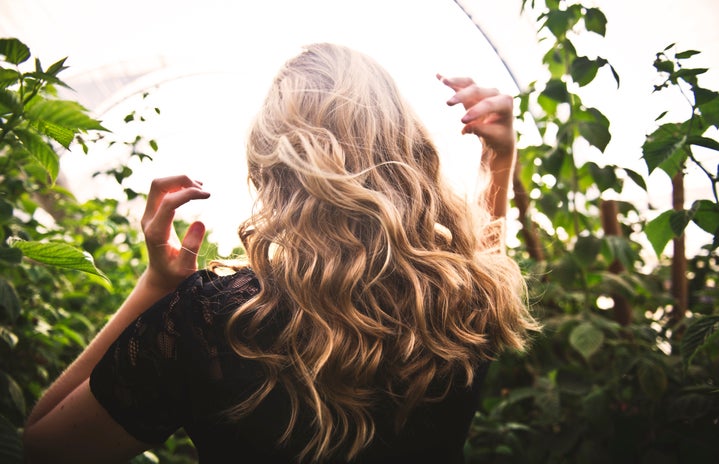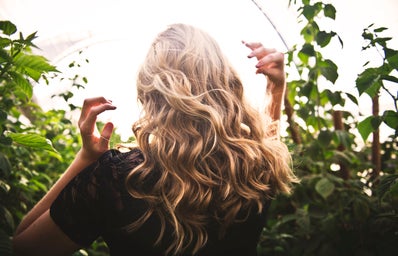“Like most black mothers, mine was consumed by the presentation of her child…It was an ever-present source of anxiety to prove that I was just as well-groomed as any white child. They would play, hair uncombed, no shoes, traces of everything they’d eaten smeared on their faces, completely happy and oblivious to any possible defects to their appearance. I, on the other hand, had to be fixed. Once a week: wash, conditioner, and hot comb, until my hair was straight enough to run her fingers through it without one snap, crackle, or pop.” This is how Netflix’s Nappily Ever After opens. A young Violet, played by Sanaa Lathan, is at the pool, longing to jump in and frolic in the water like the rest of the pool’s white occupants. But when she jumps in, she’s met with jeers and laughter at the sight of her hair: wet, big, and poofy. This begins Violet’s journey with her self-worth and her definition of what her life should be – perfect man, perfect job, perfect hair – and her ultimate spiral when her life doesn’t pan out exactly as she planned.
As a Black woman, this movie started out relatable yet frustrating, and ending on a cathartic note. My summers as a child were spent weighing my desire to swim with the aftermath of my hair, hot combs are my worst enemy, and “I can’t, I have to wash my hair” has always been a truthful statement for saying no to plans. As much as America may “love” Black culture, it does not love Black hair, not in all its forms anyway, and we’re the ones that pay that price by buying hair relaxer and weaves galore. Black girls are told from a young age that our kinky hair is not only unmanageable, but ugly, and that beauty was a condition of how straight we could get our hair to be.
I’ve had my hair relaxed for as long as I can remember, and while I know that my mother would have supported any big hair decisions, they never happened. I never went natural or got dreads, and while I can’t say that I didn’t do it entirely because of what other people would think, I definitely have a complicated relationship with it. There are so many hairstyles I can’t rock, no matter how straight it gets, and if it’s humid or raining outside, forget about it. Some days I really do hate my hair, which made the penultimate scene in the film – when Violet is at her engagement party and she “gives” up her perfect life by jumping into her fiance’s pool – so refreshing and wonderful. Violet got to do what she wanted to do as a child, what I’m still learning how to do: stop giving a damn about what other people think and just do what makes her happy. The film as much about Violet’s relationship with her hair as it was with herself, and I was happy to go along for the ride.
I think Nappily Ever After ended the right way: “Women can wear weaves if they want to. They can straighten their hair if they want to. It’s a choice. There’s nothing wrong with that. But we also need them to know there is beauty in their natural hair.” The film doesn’t demand one particular hair style for Black women; it acknowledges their uniqueness and lets them pick their own. Whether or not I decide to ever go natural is my decision, not any man’s or society’s.


